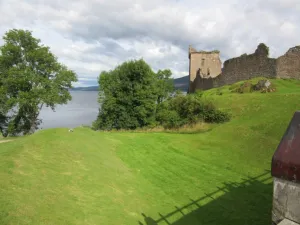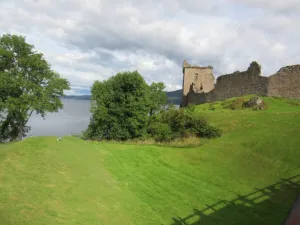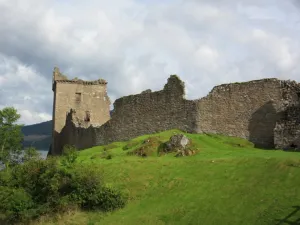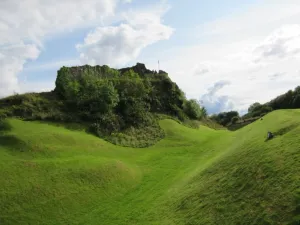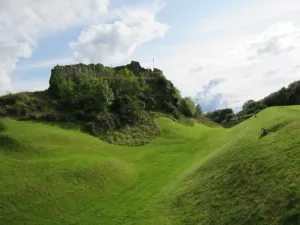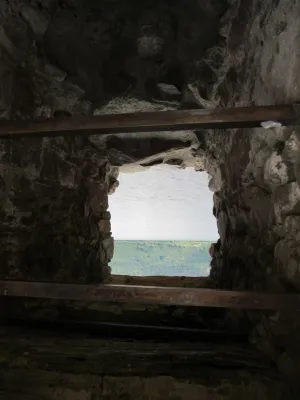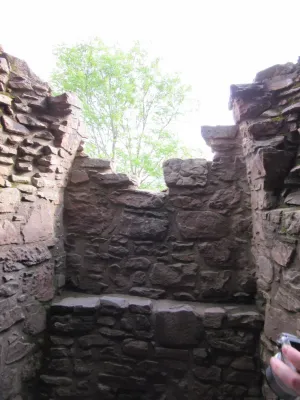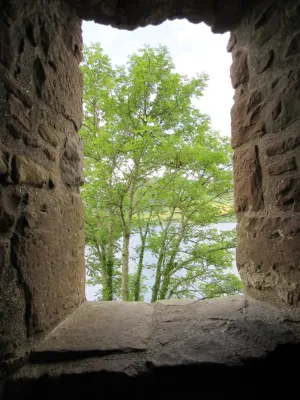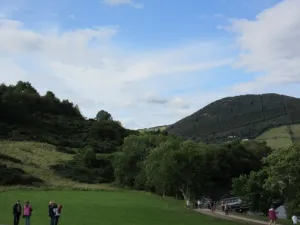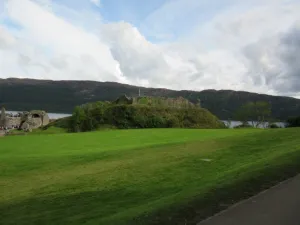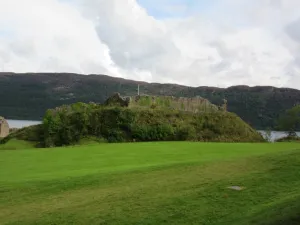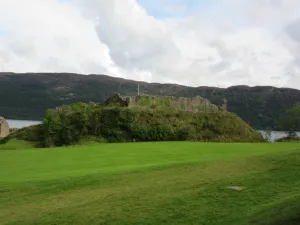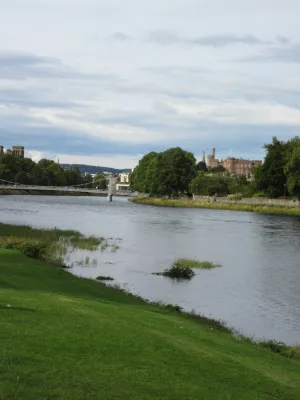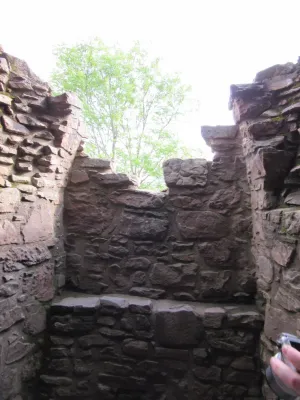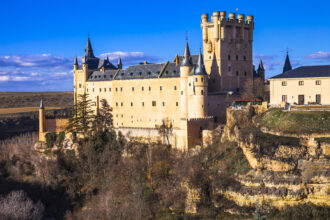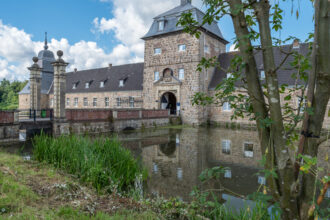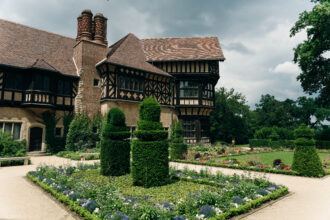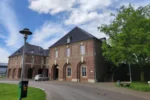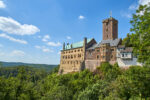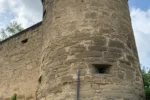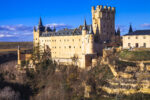Scotland is the land of the fascinating Highlands, bagpipes and whisky. In addition to impressive hilly landscapes with green meadows and mysterious lakes, Scotland also has imposing castles and palaces. One of the most famous is the ruins of Urquhart Castle, located on Scotland’s second largest lake, Loch Ness. This lake gained worldwide fame due to the sea monster Nessie, which is said to live there. Every year, half a million people from all over the world make the pilgrimage to Inverness in the Great Glen valley in the hope of catching a glimpse of Nessie. The best view of the beautiful lake, which is 230 metres deep, is from the west bank of Urquhart Castle. The castle ruins, located on a headland that juts out into the lake, have an eventful history. It is said to have been built on the site where the Scottish King William the Lion is said to have had a castle, due to its exposed location as an impregnable fortress and at the same time as the residence of the son-in-law Alan Durward of the Scottish King Alexander II, who had handed over the region to him, to become one of the largest castles in Scotland. After Alan Durward’s death in 1275, the castle passed into the possession of the Comyn family. In 1296, the castle was conquered by the English and alternated between English and Scottish ownership until it became the property of the Scottish King Robert the Bruce in 1306. Under his rule, it was extended to include a gatehouse and a keep. It withstood numerous attacks by the ‘Lord of the Isles’ from the MacDonald clan, but was severely damaged in the process. In 1545, the castle lost its importance as a defensive structure. Under the Grant family, who had received the castle from the Scottish King James IV, the keep was converted into a residential tower. After the exile of the Catholic King James II, who was deposed from the English throne during the Glorious Revolution and replaced by his daughter Mary II and William II of Orange, the remaining soldiers left the castle after the Jacobite uprisings in 1692. They blew up the gatehouse so that the castle could not be used by enemies for military purposes. The castle fell into disrepair and in 1715 parts of Grant Tower collapsed in a severe storm. In the 20th century, the castle ruins belonged to Caroline Dowager Countess of Seafield and passed into state ownership after her death in 1913. Today, the castle ruins are a popular tourist destination, accessible via a visitor centre with a shop, café and museum, which was planned by Historic Scotland in 1994 and completed in 1998. Walking along the fortress walls, you can admire the romantic castle complex with its great hall, Grant Tower and dungeon, as well as the moat and the blide, the large medieval throwing weapon. The castle ruins, with their breathtaking view of the legendary lake, were also a very special experience for me, which I was able to enjoy in bright sunshine. The only downside was that Nessie did not make an appearance.
